National Solar Observatory.
Sacramento Peak. Sunspot, New Mexico.
Hikes, Travels, & Tours
Pictures, Photos, Images, & Reviews.
October 03, 2011

October 03, 2011

Click On Any Of The Following Links By Amazon.Com
For Books Or Videos About Telescopes & The National Solar Observatory, No Obligation!


National Solar Observatory. Dunn Solar Telescope at Sacramento Peak. New Mexico. 
Eve DeLange At The National Solar Observatory. Dunn Solar Telescope at Sacramento Peak. New Mexico. 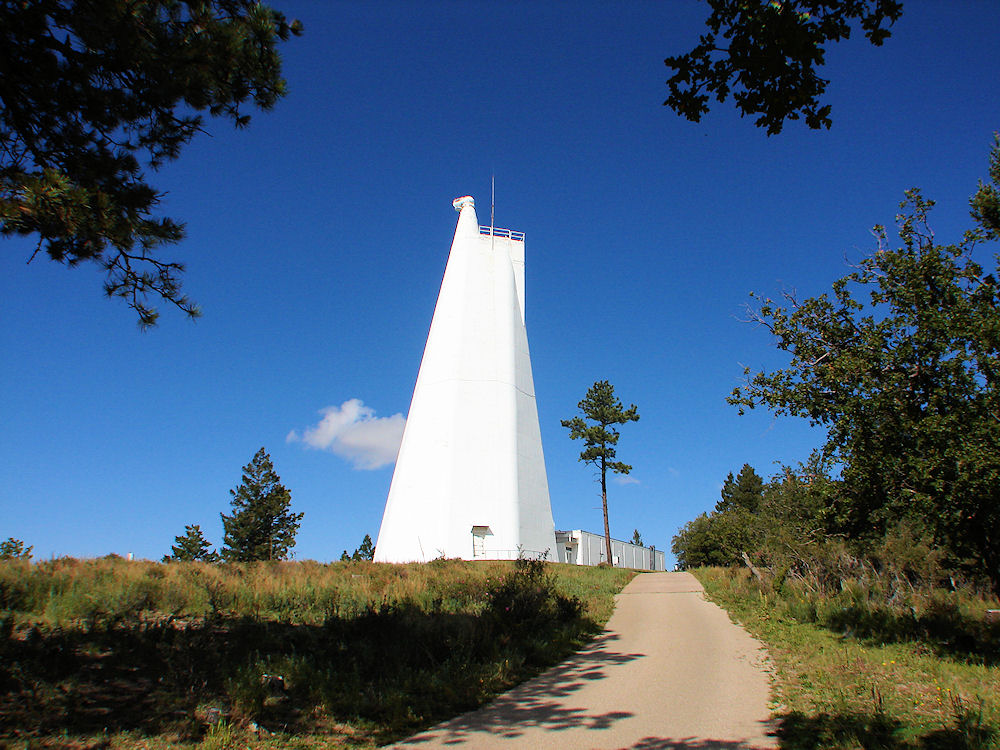
National Solar Observatory. Dunn Solar Telescope at Sacramento Peak. New Mexico. 
National Solar Observatory. Dunn Solar Telescope at Sacramento Peak. New Mexico. 
John W. Evans Solar Facility. National Solar Observatory. At Sacramento Peak. New Mexico. 
The Nearby, Apache Point Observatory, In The Sacramento Mountains, Near Sacramento Peak. New Mexico.
Courtesy: National Solar Observatory.
Google Map To National Solar Observatory. Dunn Solar Telescope at Sacramento Peak. New Mexico.
View Larger Map

National Solar Observatory, Sacramento Peak Near Sunspot In New Mexico:
We wish to thank Wikipedia, the free encyclopedia for some of the images and information on this page. We share information with Wikipedia.
The mission of the National Solar Observatory is to advance knowledge of the Sun, both as an astronomical object and as the dominant external influence on Earth, by providing forefront observational opportunities to the research community. The mission includes the operation of cutting edge facilities, the continued development of advanced instrumentation both in-house and through partnerships, conducting solar research, and educational and public outreach.
The National Solar Observatory operates facilities at two locations. One at Sacramento Peak near Sunspot in New Mexico, and the other at Kitt Peak in Arizona.
The National Solar Observatory at Sacramento Peak welcomes visitors during the daytime. There is a separate, nighttime observatory, Apache Point Observatory, located nearby.
The Sacramento Peak observatories are in Sunspot, New Mexico at the southern end of NM Scenic Byway 6563, about 18 miles (by car) south of Cloudcroft (on NM 82), and 40 miles southeast (by car) from Alamogordo (on NM 70 and 54), in the village of Sunspot inside of the Lincoln National Forest. Sunspot is an unincorporated community in the Sacramento Mountains in Otero County. For more info see: Sacramento Peak directions.
The site's name was chosen by the late James C. Sadler, (1920�2005), an internationally noted meteorologist and professor at The University of Hawaii, formerly with the United States Air Force on assignment during the early inception of the observatory.
The National Solar Observatory in Arizona is located in Tucson and at Kitt Peak, which is 56 miles southwest of Tucson via State Route 86 on the Tohono O'Odham Reservation. Allow 90 minutes of drive time from Tucson. For more info see: Kitt Peak directions
The National Solar Observatory is operated by the Association of Universities for Research in Astronomy under a cooperative agreement with the National Science Foundation, for the benefit of the astronomical community.
The Sacramento Peak Site Facilities have atleast four main telescope areas that the typical tourist would be interested in.
One is the Richard B. Dunn Solar Telescope which is a unique vertical-axis solar telescope. The optical path starts at a heliostat on top of a 136-foot-tall tower and continues an additional 193 feet more underground to the primary mirror. It then returns to one of six quartz optical windows in the floor of an optical laboratory at ground level. The optics are evacuated to eliminate distortion due to convection in the telescope that would otherwise be caused by the great heat produced by focusing the light of the sun.
A major feature of the Dunn Solar Telescope at Sacramento Peak is its de-rotated 330 ft vacuum column and 40-foot-diameter optics lab. It weighs 250 tons total, and rotates suspended from a mercury float bearing at the top of the tower.
Another observatory of interest is the Apache Point Observatory (APO). The observatory consists of the Astrophysical Research Consortium's (ARC) 3.5-meter telescope, the Sloan Digital Sky Survey 2.5-m telescope with a 20" photometric telescope, and New Mexico State University's 1.0-m telescope.
The 3.5 m telescope hosts the APOLLO lunar-ranging project. The APOLLO laser has been operational since October 2005, and routinely accomplishes millimeter-level range accuracy between the earth and the moon.
Observations at APO are often carried out remotely by observers using TUI, the Telescope User Interface, by way of the internet.
Another facility is the John W. Evans Solar Facility, which consists of two main telescopes: a 16" coronagraph and a 12" coelostat telescope. Each of these telescopes can be used to feed one of several instruments. This means that two observing programs can be run simultaneously.
The Evans Facility is used to conduct observations of the sun for both local staff and visiting scientists worldwide. Observations are made of the solar corona, and also of transient phenomena such as flares, eruptive prominences, and surges, as well as quiet sun features.
Then there is the Hilltop Dome Facility which houses an octagonal spar. Like the spar in the Evan's Facility, the Hilltop spar has its own guider system to keep its several telescopes centered on the sun. It also acts as an eight sided optical bench on which to mount instruments. Some of these are patrol cameras, while others are test instruments. The spar allows several instruments to be operated simultaneously. The patrol cameras can then operate automatically.
Access to the telescopes and buildings is restricted, but the public is welcomed to stroll the grounds. The Sunspot Visitor Center and Museum at Sun Spot (the National Solar Observatory) includes a model of Apache Point's 3.5 meter telescope and actual filter plates for the Sloan telescope.
The Sunspot Astronomy and Visitor Center also features an Armillary Sphere and Sundial, in front of the Visitor Center. You must look it over!
The Armillary Sphere and Sundial at the Sunspot Astronomy and Visitor Center is a 5-foot diameter bronze structure that shows the relationship between Earth and sky for an observer located in Sunspot. The device reads time and date from a shadow cast onto a handsomely engraved, curved projection screen. Among other things, the armillary sphere points out the horizon, zenith, and the directions of north, south, east, and west; it also verifies the observer's latitude and shows the direction of the North Star.
The armillary sphere was designed and built by observatory staff members Dr. Don Neidig, Scott Gregory, and Mitchell Davis. It was installed on its present pier in 1998. The sundial reads time to an accuracy of about one minute.
The Sunspot Visitor Center and Museum is wheelchair-accessible (although wheelchairs are not provided by the Center), and is the start and end point of guided and self-guided tours of our observatory. It is open every day from 9am to 5pm from March to January. Daily guided tours start at 2pm (weather permitting) on Saturdays and Sundays through October 4th, 2009; parties of 10 or more can call (575) 434-7003 to schedule a private guided tour. Winter hours: Please call (575) 434-7000 for the schedule.
Daily guided tours for the summer season are available from Memorial Day to Labor Day. Private guided tours can still be arranged as noted above. The telephone for the Visitor Center is (575) 434-7190.
How To Get There:
The National Solar Observatory at Sacramento Peak lies in New Mexico at the southern end of NM Scenic Byway 6563, about 16 miles (by car) south of Cloudcroft (on NM 82), and 40 miles southeast (by car) from Alamogordo (on NM 70 and 54), in the village of Sunspot.
The drive from Alamogordo in the Tularosa Basin to Cloudcroft in the Sacramento Mountains involves a curving, 16-mile climb spanning about 4500 ft of altitude difference and takes more time than a comparable distance on flat highways. For regular passenger cars, expect to take about an hour from Alamogordo to Sunspot (about half an hour from Cloudcroft to Sunspot). Sunspot has no gas station, grocery store, or restaurant, so make sure you have enough gas and food to get back to Cloudcroft, which is the nearest town to offer these services.
From Cloudcroft, take NM 130 East (the junction with NM 82 lies at the western edge of town) and drive about 2 miles to the junction with NM 6563. Then, follow NM 6563 all the way to the end, about 14 miles on. Once inside Sunspot (through the stone gate), take the first turnoff to the left (marked "visitor center") and park in front of the Visitor Center. Then, visit the Center, stroll around, or take a tour.
If you are planning to visit . And if you are coming from outside of New Mexico, you could fly into nearest major airport to Cloudcroft & Sunspot which is Alamogordo-White Sands Regional Airport (ALM / KALM). This airport is in Alamogordo, New Mexico and it is about 17 miles from the center of Cloudcroft, NM. Then rent a car.
There are many hotels and motels in New Mexico and Colorado, and if you need a place to stay; Priceline.com can arrange that for you.
We have personally, booked flights, hotels, and vacations; through Priceline.com and we can highly recommend them. Their website is also easy to use!
We have some links to Priceline.com on this page since they can arrange all of your air flights, hotels and car.
We of course, appreciate your use of the advertising on our pages, since it helps us to keep our pages active.
Whenever you make a purchase from a link on our page we get credit for that transaction. Again, Thanks!


Dunn Vacuum Solar Telescope.
National Solar Observatory
Sacramento Peak Near Sunspot In New Mexico. Dunn Vacuum Solar Telescope Diagram.
National Solar Observatory
Sacramento Peak Near Sunspot In New Mexico. 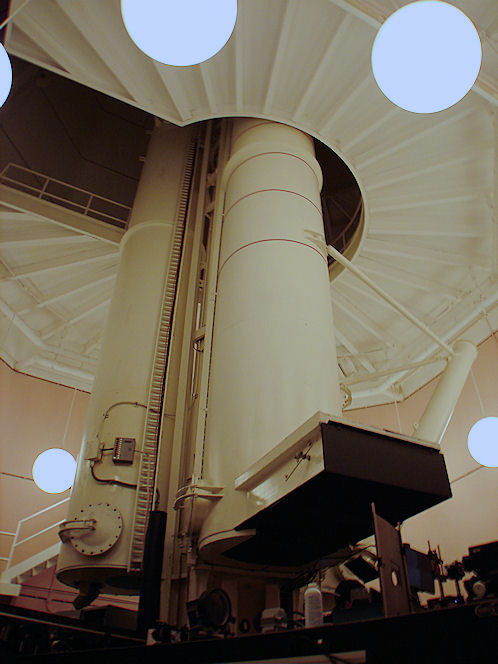
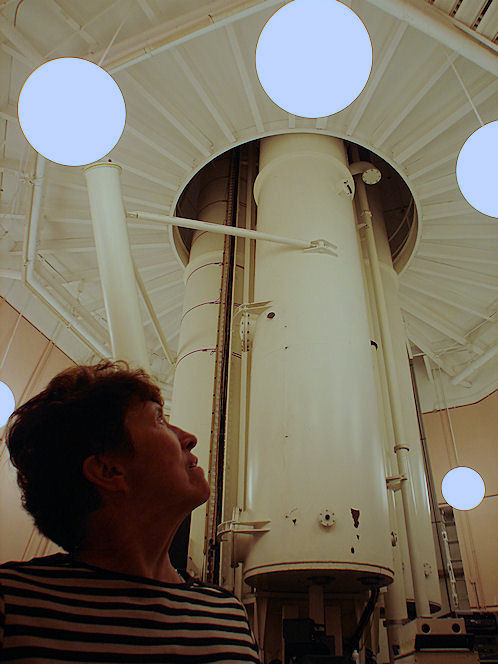
Inside The Dunn Vacuum Solar Telescope Dome.
National Solar Observatory
Sacramento Peak Near Sunspot In New Mexico. Eve DeLange Inside The Dunn Vacuum Solar Telescope Dome.
National Solar Observatory
Sacramento Peak Near Sunspot In New Mexico. 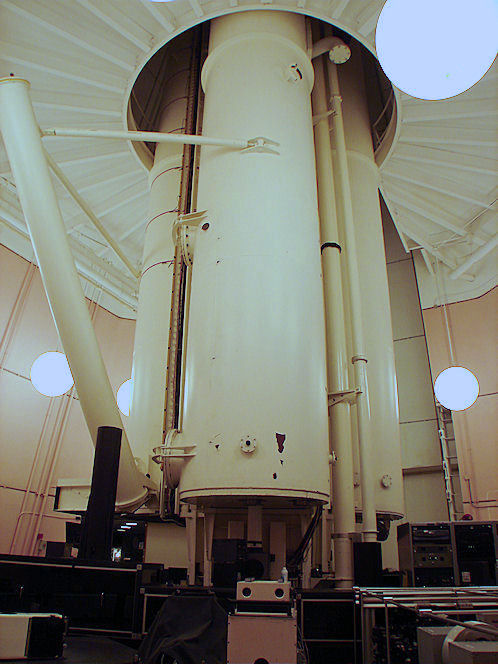
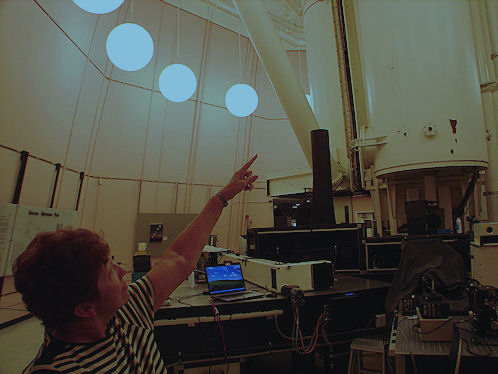
Inside The Dunn Vacuum Solar Telescope Dome.
National Solar Observatory
Sacramento Peak Near Sunspot In New Mexico. Eve DeLange Inside The Dunn Vacuum Solar Telescope Dome.
National Solar Observatory
Sacramento Peak Near Sunspot In New Mexico. 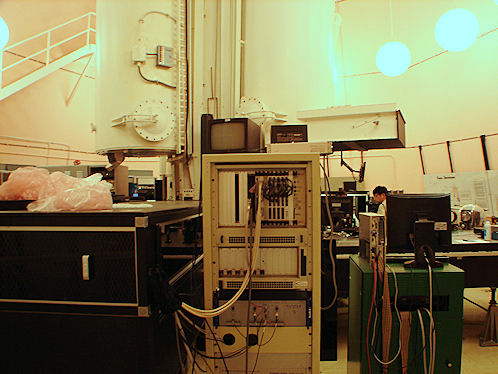
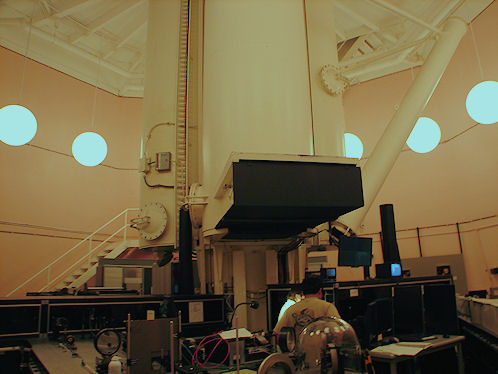
Inside The Dunn Vacuum Solar Telescope Dome.
National Solar Observatory
Sacramento Peak Near Sunspot In New Mexico. Inside The Dunn Vacuum Solar Telescope Dome.
National Solar Observatory
Sacramento Peak Near Sunspot In New Mexico. 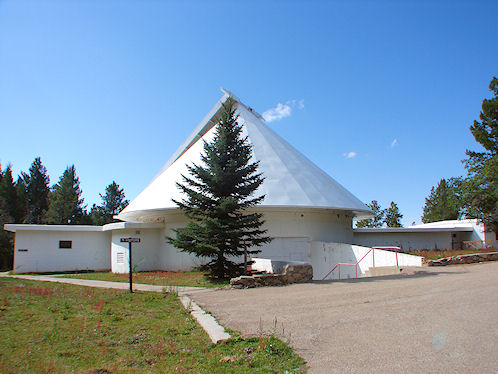
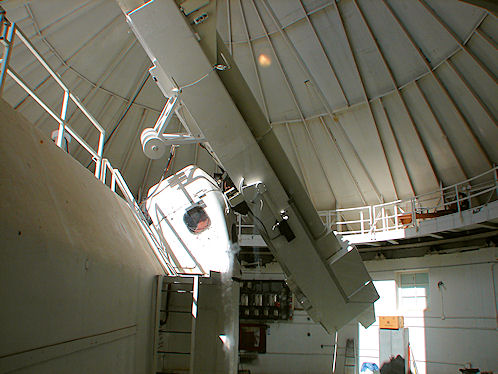
John W. Evans Solar Facility.
National Solar Observatory
Sacramento Peak Near Sunspot In New Mexico. Inside John W. Evans Solar Facility.
National Solar Observatory
Sacramento Peak Near Sunspot In New Mexico. 
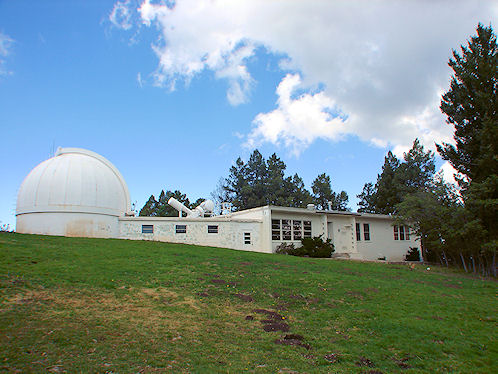
Hilltop Dome Facility.
National Solar Observatory
Sacramento Peak Near Sunspot In New Mexico. Hilltop Dome Facility.
National Solar Observatory
Sacramento Peak Near Sunspot In New Mexico. 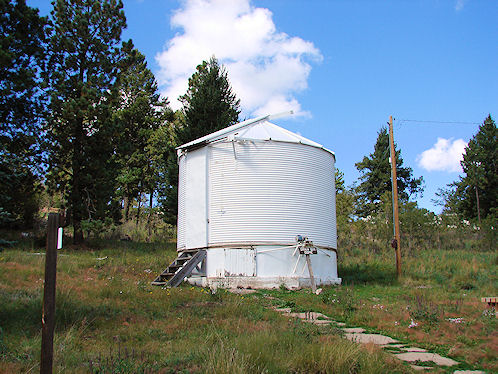
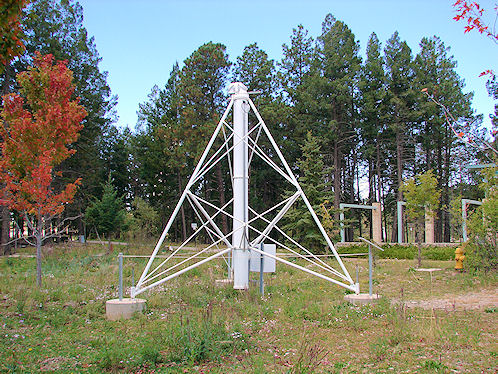
Grain Bin Observatory Dome.
National Solar Observatory
Sacramento Peak Near Sunspot In New Mexico. Antarctic Telescope Used At The
Amundsen-Scott South Pole Station.
National Solar Observatory
Sacramento Peak Near Sunspot In New Mexico. 
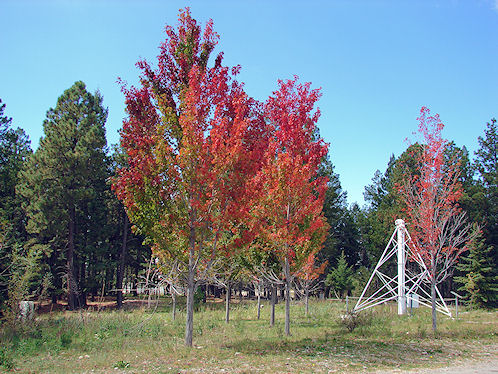
Fall Leaf Color.
National Solar Observatory
Sacramento Peak Near Sunspot In New Mexico. Fall Leaf Color & Antarctic Telescope Used At The
Amundsen-Scott South Pole Station.
National Solar Observatory
Sacramento Peak Near Sunspot In New Mexico. 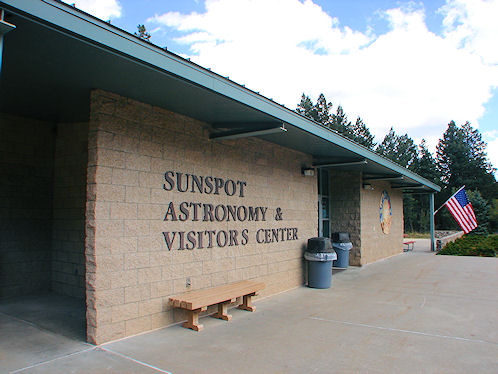
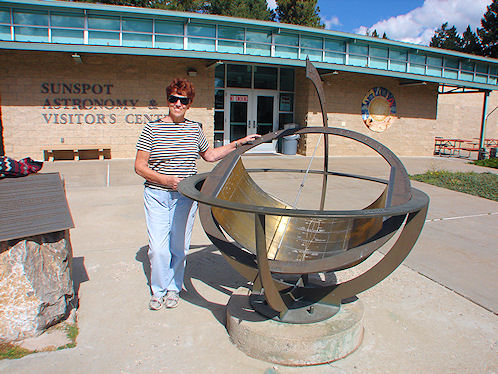
Sunspot Visitor Center and Museum.
National Solar Observatory
Sacramento Peak Near Sunspot In New Mexico. Eve DeLange Using The
Armillary Sphere and Sundial
Sunspot Visitor Center and Museum.
National Solar Observatory
Sacramento Peak Near Sunspot In New Mexico. 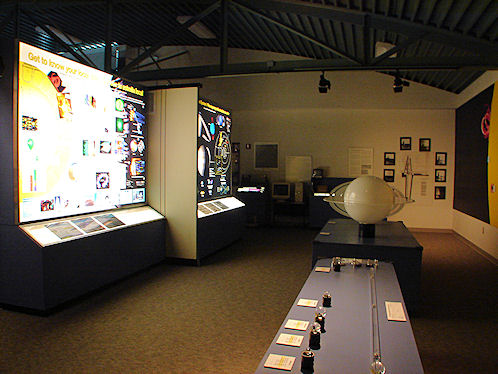
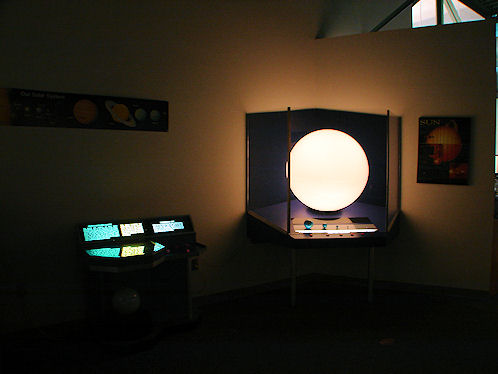
Sunspot Visitor Center and Museum Display.
National Solar Observatory
Sacramento Peak Near Sunspot In New Mexico. Sunspot Visitor Center and Museum Display.
National Solar Observatory
Sacramento Peak Near Sunspot In New Mexico. 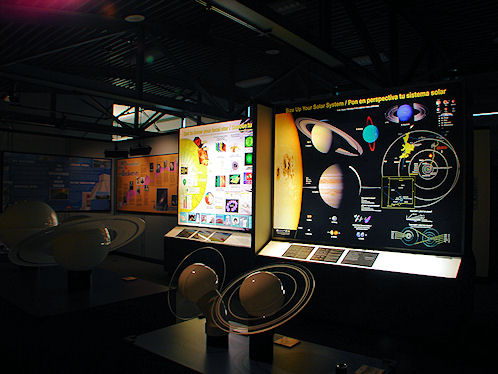
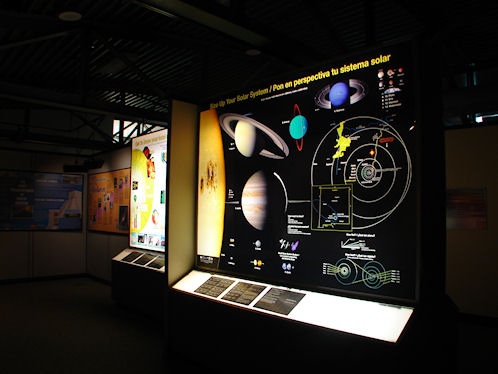
Sunspot Visitor Center and Museum Display.
National Solar Observatory
Sacramento Peak Near Sunspot In New Mexico. Sunspot Visitor Center and Museum Display.
National Solar Observatory
Sacramento Peak Near Sunspot In New Mexico. 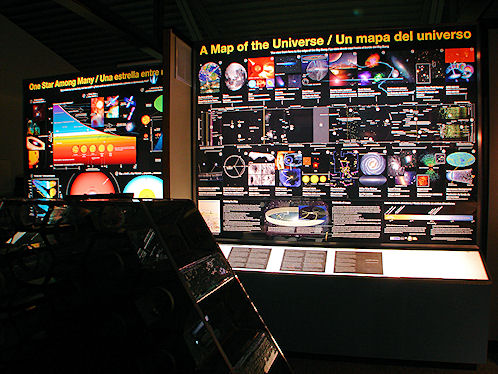
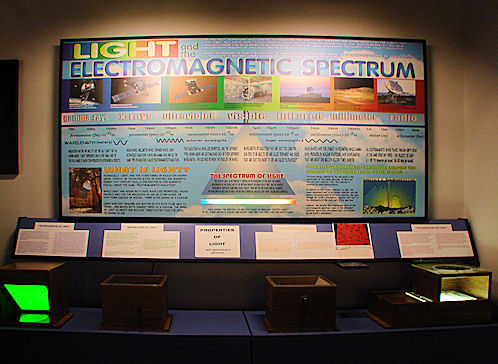
Sunspot Visitor Center and Museum Display.
National Solar Observatory
Sacramento Peak Near Sunspot In New Mexico. Sunspot Visitor Center and Museum Display.
National Solar Observatory
Sacramento Peak Near Sunspot In New Mexico.
Click On Any Of The Following Links By Amazon.Com
For Books Or Videos About Telescopes & The National Solar Observatory, No Obligation!
We Are Proud Of Our SafeSurf Rating!

Send E-Mail to: George DeLange: [email protected]

To The Nearby, Apache Point Observatory Tours Page
Back To New Mexico & Colorado Tours Page
Back To DeLange Home Page
Link To National Solar Observatory Home Page
You Will Leave deLange.org


 |
| National Solar Observatory. Dunn Solar Telescope at Sacramento Peak. New Mexico. |
|---|
 |
| Eve DeLange At The National Solar Observatory. Dunn Solar Telescope at Sacramento Peak. New Mexico. |
 |
| National Solar Observatory. Dunn Solar Telescope at Sacramento Peak. New Mexico. |
 |
| National Solar Observatory. Dunn Solar Telescope at Sacramento Peak. New Mexico. |
 |
| John W. Evans Solar Facility. National Solar Observatory. At Sacramento Peak. New Mexico. |
 |
| The Nearby, Apache Point Observatory, In The Sacramento Mountains, Near Sacramento Peak. New Mexico. Courtesy: National Solar Observatory. |
Google Map To National Solar Observatory. Dunn Solar Telescope at Sacramento Peak. New Mexico.
View Larger Map

National Solar Observatory, Sacramento Peak Near Sunspot In New Mexico:
We wish to thank Wikipedia, the free encyclopedia for some of the images and information on this page. We share information with Wikipedia.
The mission of the National Solar Observatory is to advance knowledge of the Sun, both as an astronomical object and as the dominant external influence on Earth, by providing forefront observational opportunities to the research community. The mission includes the operation of cutting edge facilities, the continued development of advanced instrumentation both in-house and through partnerships, conducting solar research, and educational and public outreach. The National Solar Observatory operates facilities at two locations. One at Sacramento Peak near Sunspot in New Mexico, and the other at Kitt Peak in Arizona. The National Solar Observatory at Sacramento Peak welcomes visitors during the daytime. There is a separate, nighttime observatory, Apache Point Observatory, located nearby. The Sacramento Peak observatories are in Sunspot, New Mexico at the southern end of NM Scenic Byway 6563, about 18 miles (by car) south of Cloudcroft (on NM 82), and 40 miles southeast (by car) from Alamogordo (on NM 70 and 54), in the village of Sunspot inside of the Lincoln National Forest. Sunspot is an unincorporated community in the Sacramento Mountains in Otero County. For more info see: Sacramento Peak directions. The site's name was chosen by the late James C. Sadler, (1920�2005), an internationally noted meteorologist and professor at The University of Hawaii, formerly with the United States Air Force on assignment during the early inception of the observatory. The National Solar Observatory in Arizona is located in Tucson and at Kitt Peak, which is 56 miles southwest of Tucson via State Route 86 on the Tohono O'Odham Reservation. Allow 90 minutes of drive time from Tucson. For more info see: Kitt Peak directions The National Solar Observatory is operated by the Association of Universities for Research in Astronomy under a cooperative agreement with the National Science Foundation, for the benefit of the astronomical community. The Sacramento Peak Site Facilities have atleast four main telescope areas that the typical tourist would be interested in. One is the Richard B. Dunn Solar Telescope which is a unique vertical-axis solar telescope. The optical path starts at a heliostat on top of a 136-foot-tall tower and continues an additional 193 feet more underground to the primary mirror. It then returns to one of six quartz optical windows in the floor of an optical laboratory at ground level. The optics are evacuated to eliminate distortion due to convection in the telescope that would otherwise be caused by the great heat produced by focusing the light of the sun. A major feature of the Dunn Solar Telescope at Sacramento Peak is its de-rotated 330 ft vacuum column and 40-foot-diameter optics lab. It weighs 250 tons total, and rotates suspended from a mercury float bearing at the top of the tower. Another observatory of interest is the Apache Point Observatory (APO). The observatory consists of the Astrophysical Research Consortium's (ARC) 3.5-meter telescope, the Sloan Digital Sky Survey 2.5-m telescope with a 20" photometric telescope, and New Mexico State University's 1.0-m telescope. The 3.5 m telescope hosts the APOLLO lunar-ranging project. The APOLLO laser has been operational since October 2005, and routinely accomplishes millimeter-level range accuracy between the earth and the moon. Observations at APO are often carried out remotely by observers using TUI, the Telescope User Interface, by way of the internet. Another facility is the John W. Evans Solar Facility, which consists of two main telescopes: a 16" coronagraph and a 12" coelostat telescope. Each of these telescopes can be used to feed one of several instruments. This means that two observing programs can be run simultaneously. The Evans Facility is used to conduct observations of the sun for both local staff and visiting scientists worldwide. Observations are made of the solar corona, and also of transient phenomena such as flares, eruptive prominences, and surges, as well as quiet sun features. Then there is the Hilltop Dome Facility which houses an octagonal spar. Like the spar in the Evan's Facility, the Hilltop spar has its own guider system to keep its several telescopes centered on the sun. It also acts as an eight sided optical bench on which to mount instruments. Some of these are patrol cameras, while others are test instruments. The spar allows several instruments to be operated simultaneously. The patrol cameras can then operate automatically. Access to the telescopes and buildings is restricted, but the public is welcomed to stroll the grounds. The Sunspot Visitor Center and Museum at Sun Spot (the National Solar Observatory) includes a model of Apache Point's 3.5 meter telescope and actual filter plates for the Sloan telescope. The Sunspot Astronomy and Visitor Center also features an Armillary Sphere and Sundial, in front of the Visitor Center. You must look it over! The Armillary Sphere and Sundial at the Sunspot Astronomy and Visitor Center is a 5-foot diameter bronze structure that shows the relationship between Earth and sky for an observer located in Sunspot. The device reads time and date from a shadow cast onto a handsomely engraved, curved projection screen. Among other things, the armillary sphere points out the horizon, zenith, and the directions of north, south, east, and west; it also verifies the observer's latitude and shows the direction of the North Star. The armillary sphere was designed and built by observatory staff members Dr. Don Neidig, Scott Gregory, and Mitchell Davis. It was installed on its present pier in 1998. The sundial reads time to an accuracy of about one minute.
Daily guided tours for the summer season are available from Memorial Day to Labor Day. Private guided tours can still be arranged as noted above. The telephone for the Visitor Center is (575) 434-7190.
How To Get There:
The National Solar Observatory at Sacramento Peak lies in New Mexico at the southern end of NM Scenic Byway 6563, about 16 miles (by car) south of Cloudcroft (on NM 82), and 40 miles southeast (by car) from Alamogordo (on NM 70 and 54), in the village of Sunspot. The drive from Alamogordo in the Tularosa Basin to Cloudcroft in the Sacramento Mountains involves a curving, 16-mile climb spanning about 4500 ft of altitude difference and takes more time than a comparable distance on flat highways. For regular passenger cars, expect to take about an hour from Alamogordo to Sunspot (about half an hour from Cloudcroft to Sunspot). Sunspot has no gas station, grocery store, or restaurant, so make sure you have enough gas and food to get back to Cloudcroft, which is the nearest town to offer these services. From Cloudcroft, take NM 130 East (the junction with NM 82 lies at the western edge of town) and drive about 2 miles to the junction with NM 6563. Then, follow NM 6563 all the way to the end, about 14 miles on. Once inside Sunspot (through the stone gate), take the first turnoff to the left (marked "visitor center") and park in front of the Visitor Center. Then, visit the Center, stroll around, or take a tour.
|
If you are planning to visit . And if you are coming from outside of New Mexico, you could fly into nearest major airport to Cloudcroft & Sunspot which is Alamogordo-White Sands Regional Airport (ALM / KALM). This airport is in Alamogordo, New Mexico and it is about 17 miles from the center of Cloudcroft, NM. Then rent a car.
There are many hotels and motels in New Mexico and Colorado, and if you need a place to stay; Priceline.com can arrange that for you. We have personally, booked flights, hotels, and vacations; through Priceline.com and we can highly recommend them. Their website is also easy to use! We have some links to Priceline.com on this page since they can arrange all of your air flights, hotels and car. We of course, appreciate your use of the advertising on our pages, since it helps us to keep our pages active. Whenever you make a purchase from a link on our page we get credit for that transaction. Again, Thanks!
|
 |  |
| Dunn Vacuum Solar Telescope. National Solar Observatory Sacramento Peak Near Sunspot In New Mexico. | Dunn Vacuum Solar Telescope Diagram. National Solar Observatory Sacramento Peak Near Sunspot In New Mexico. |
|---|---|
 |  |
| Inside The Dunn Vacuum Solar Telescope Dome. National Solar Observatory Sacramento Peak Near Sunspot In New Mexico. | Eve DeLange Inside The Dunn Vacuum Solar Telescope Dome. National Solar Observatory Sacramento Peak Near Sunspot In New Mexico. |
 |  |
| Inside The Dunn Vacuum Solar Telescope Dome. National Solar Observatory Sacramento Peak Near Sunspot In New Mexico. | Eve DeLange Inside The Dunn Vacuum Solar Telescope Dome. National Solar Observatory Sacramento Peak Near Sunspot In New Mexico. |
 |  |
| Inside The Dunn Vacuum Solar Telescope Dome. National Solar Observatory Sacramento Peak Near Sunspot In New Mexico. | Inside The Dunn Vacuum Solar Telescope Dome. National Solar Observatory Sacramento Peak Near Sunspot In New Mexico. |
 |  |
| John W. Evans Solar Facility. National Solar Observatory Sacramento Peak Near Sunspot In New Mexico. | Inside John W. Evans Solar Facility. National Solar Observatory Sacramento Peak Near Sunspot In New Mexico. |
 |  |
| Hilltop Dome Facility. National Solar Observatory Sacramento Peak Near Sunspot In New Mexico. | Hilltop Dome Facility. National Solar Observatory Sacramento Peak Near Sunspot In New Mexico. |
 |  |
| Grain Bin Observatory Dome. National Solar Observatory Sacramento Peak Near Sunspot In New Mexico. | Antarctic Telescope Used At The Amundsen-Scott South Pole Station. National Solar Observatory Sacramento Peak Near Sunspot In New Mexico. |
 |  |
| Fall Leaf Color. National Solar Observatory Sacramento Peak Near Sunspot In New Mexico. | Fall Leaf Color & Antarctic Telescope Used At The Amundsen-Scott South Pole Station. National Solar Observatory Sacramento Peak Near Sunspot In New Mexico. |
 |  |
| Sunspot Visitor Center and Museum. National Solar Observatory Sacramento Peak Near Sunspot In New Mexico. | Eve DeLange Using The Armillary Sphere and Sundial Sunspot Visitor Center and Museum. National Solar Observatory Sacramento Peak Near Sunspot In New Mexico. |
 |  |
| Sunspot Visitor Center and Museum Display. National Solar Observatory Sacramento Peak Near Sunspot In New Mexico. | Sunspot Visitor Center and Museum Display. National Solar Observatory Sacramento Peak Near Sunspot In New Mexico. |
 |  |
| Sunspot Visitor Center and Museum Display. National Solar Observatory Sacramento Peak Near Sunspot In New Mexico. | Sunspot Visitor Center and Museum Display. National Solar Observatory Sacramento Peak Near Sunspot In New Mexico. |
 |  |
| Sunspot Visitor Center and Museum Display. National Solar Observatory Sacramento Peak Near Sunspot In New Mexico. | Sunspot Visitor Center and Museum Display. National Solar Observatory Sacramento Peak Near Sunspot In New Mexico. |
Click On Any Of The Following Links By Amazon.Com
For Books Or Videos About Telescopes & The National Solar Observatory, No Obligation!
We Are Proud Of Our SafeSurf Rating!


| To The Nearby, Apache Point Observatory Tours Page
|
| Back To New Mexico & Colorado Tours Page
|
| Back To DeLange Home Page
|
| Link To National Solar Observatory Home Page You Will Leave deLange.org
|





